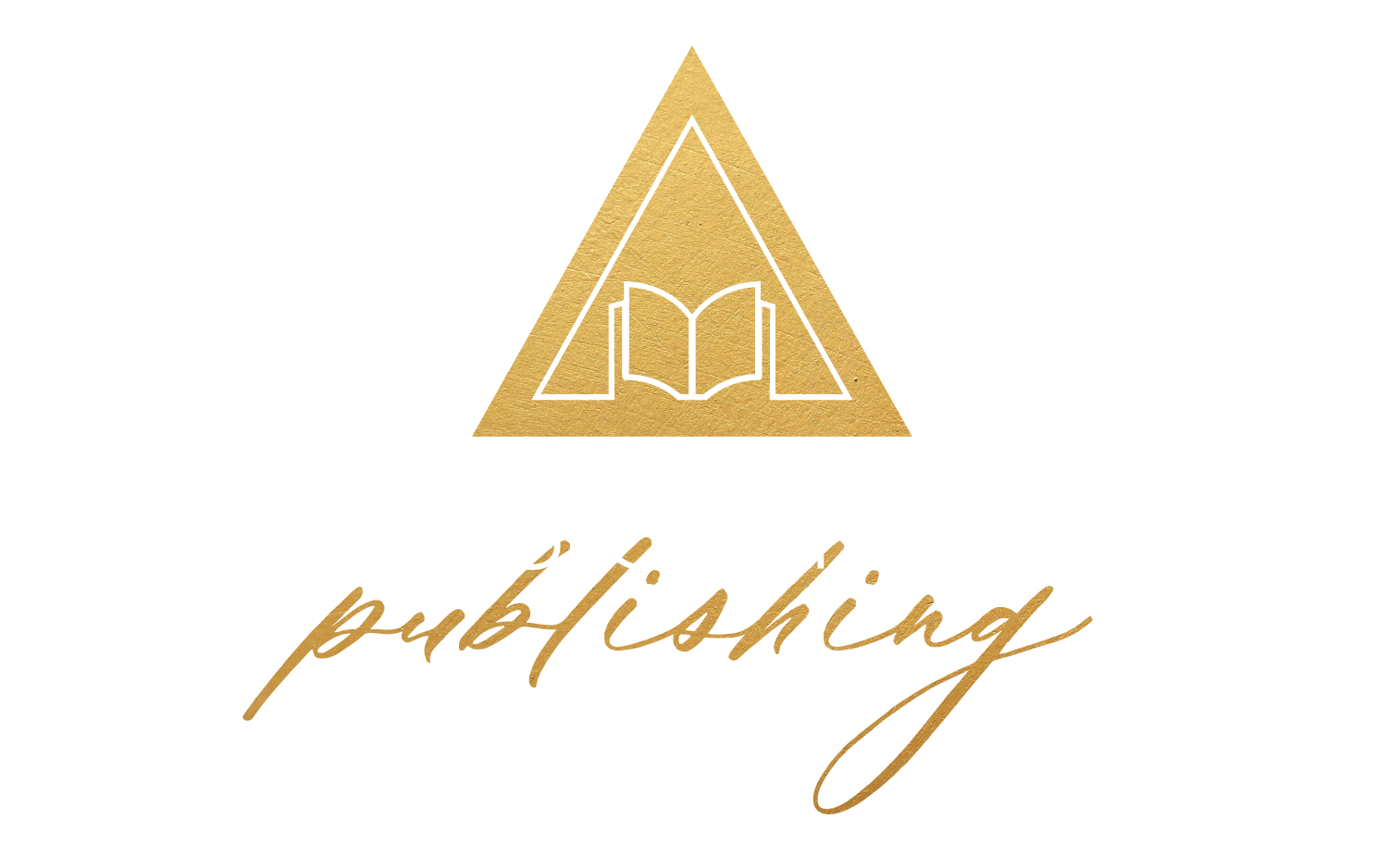Choosing the Best Print-on-Demand Platform for Your Self-Published Book
When it comes time to publish a paperback or hardcover edition of a self-published book, one of the most important decisions an author will make is selecting a print-on-demand (POD) platform. With multiple options available, the right choice depends on the author’s goals, budget, and distribution strategy.
At Transcendent Publishing, two primary platforms are frequently used to support authors through the print-on-demand process: IngramSpark and Kindle Direct Publishing (KDP). Other POD options such as Lulu, BookBaby, and Blurb are also worth exploring, depending on the type of book and desired features.
How Print-on-Demand Works
Print-on-demand allows authors to upload interior and cover files, enter book metadata, choose categories and pricing, and then make their book available for sale through online retailers such as Amazon and Barnes & Noble, often within days.
Authors are paid royalties on net sales from online retailers, usually on a 60-day payment delay, depending on the platform. Additionally, POD services allow authors to order wholesale copies at a discount, which they can resell at live events, through personal websites, or in collaboration with local bookstores.
Each POD platform acts as both printer and distributor, making it a vital component of any self-publishing strategy.
KDP (Kindle Direct Publishing)
KDP, owned by Amazon, is an excellent option for authors focused primarily on Amazon distribution. It offers:
Fast publishing timelines
Competitive royalties
Lower printing costs for author copies
However, KDP's expanded distribution is limited, especially if you supply your own ISBN (which is recommended). Books using a non-Amazon ISBN are not eligible for KDP’s expanded distribution network, which means they won’t automatically reach other major retailers like Barnes & Noble or independent bookstores. This is where IngramSpark comes in.
IngramSpark
IngramSpark, owned by Ingram Content Group, is the industry leader for broad distribution. Ingram is the largest book distributor in the world, with access to over 40,000 retail and library partners including Amazon, Barnes & Noble, Bookshop.org, Books-A-Million, and more.
Key features include:
Wide distribution (online + brick-and-mortar retail)
Library and academic market access
Returnable books (a requirement for many bookstores)
Hardcover and paperback formats
Dust jacket option for hardcover (unavailable on KDP)
IngramSpark is the preferred platform for authors seeking wide distribution, library placement, university partnerships, and brick-and-mortar retail opportunities. However, printing costs for author copies are usually slightly higher than KDP, and the platform charges fees for both publishing and file revisions.
Combining Platforms for Maximum Reach (Our Preferred Strategy)
At Transcendent Publishing, our clients use a dual-platform strategy to get the best of both worlds:
Publish the paperback with IngramSpark first and turn on global distribution 1–2 weeks before launch. This allows the book to appear for pre-order on Amazon, BN.com, and other online retailers.
Once the paperback appears on Amazon via IngramSpark, upload to KDP as well. KDP will override IngramSpark for Amazon sales, which typically results in higher royalty payments and faster delivery on Amazon.
This approach provides broad distribution + Amazon optimization, and gives authors access to two printers for wholesale author copies. Since print quality may vary slightly between printers, ordering one copy from each before committing to bulk orders is highly recommended.
Hardcover Considerations
While KDP now offers hardcover printing, it’s limited to case laminate only and does not support dust jackets. In contrast, IngramSpark offers hardcovers with dust jackets, more size options, and better compatibility with traditional retail expectations. For authors serious about hardcovers, IngramSpark remains our preferred choice.
Do You Need Multiple ISBNs?
A common question among indie authors is whether uploading the same paperback to multiple POD platforms requires multiple ISBNs. The answer is no—one ISBN per format is sufficient. That means one for the paperback, another for the hardcover (if applicable), one more for the eBook, and one for the audiobook.
However, the cover files must be customized for each platform’s requirements.
The Bottom Line
Each print-on-demand platform has pros and cons. The best choice depends on:
Your distribution goals
Whether you need paperback, hardcover, or both
Your budget for wholesale print copies
Your long-term publishing strategy
At Transcendent Publishing, we help authors select and manage the best POD strategy for their needs. Whether you’re publishing your first book or expanding your existing catalog, our team handles everything from ISBN assignment to file uploads to metadata optimization and a maximum distribution strategy.
Need Help Navigating Print-on-Demand Publishing?
Transcendent Publishing offers full-service self-publishing packages that include professional editing, interior formatting, cover design sized for each POD platform, and concierge upload and distribution through your own IngramSpark and KDP accounts—ensuring you retain full control and ownership of your work. Schedule your publishing consult today.
